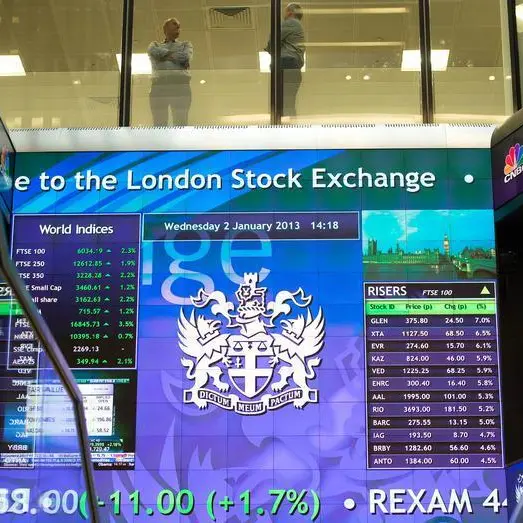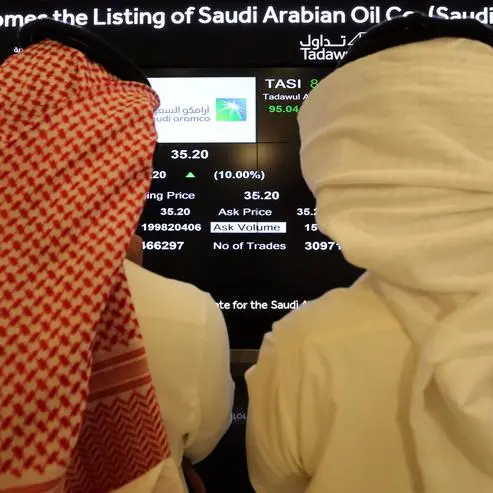The last few weeks have been chaotic for financial markets with the coronavirus outbreak leaving everyone on edge. One of the biggest casualties is Oil which has depreciated over 15% since the start of the year. Although Oil is attempting to rebound amid hopes that the worst of the coronavirus in China may have passed, the upside is poised to face multiple obstacles down the road.
Uncertainty over the impact of coronavirus on China, Asia and the global economy has fostered a sense of caution, unease and fear across the board. This uneasy sentiment has not only hit financial markets but also has gathered a lot of negative attention for Oil. As China is the world’s largest energy consumer, it makes sense that an economic slowdown triggered by the virus fears could derail the supply/demand dynamics thus influencing Oil. Speculation is rife over China Oil demand falling by roughly 2-3 million barrels a day with state refiners Sinopec, PetroChina and CNOOC already announcing cuts to their refinery runs.
On the supply side of the equation, OPEC+ will need to act fast to prevent Oil prices from sinking deeper into the abyss. The cartel recommended a further cut of 600,000 bpd in early February but Russia has been reluctant to commit to deeper cuts. If the current production cut levels remain unchanged and China Oil demand continues to fall, this will be a recipe for disaster for Oil as demand side concerns reign supreme. Such an outcome will hit OPEC+ and energy producing emerging market countries.
Looking beyond China, the question on the mind of many investors is no longer whether the coronavirus will lead to an economic slowdown but how bad the slowdown will be. If global growth stutters, global oil demand growth is set to evaporate in Q1 – ultimately exposing Oil prices to downside shocks. While geopolitical tensions and supply side risks may cushion downside losses, the impacts are likely to be limited as all focus remains on demand side dynamics.
Since January 20, WTI Crude has tumbled roughly 13% while Brent has shed 10%, both trading below $60. Oil is seen depreciating further, especially if OPEC+ decide to leave production cuts at current levels of 1.7 million barrels a day. Even if OPEC+ move ahead with deeper production cuts, bulls may run out of steam based on demand missing from the equation.
* Any opinions expressed in this article are the author’s own
Disclaimer: This article is provided for informational purposes only. The content does not provide tax, legal or investment advice or opinion regarding the suitability, value or profitability of any particular security, portfolio or investment strategy. Read our full disclaimer policy here.
© Opinion 2020












